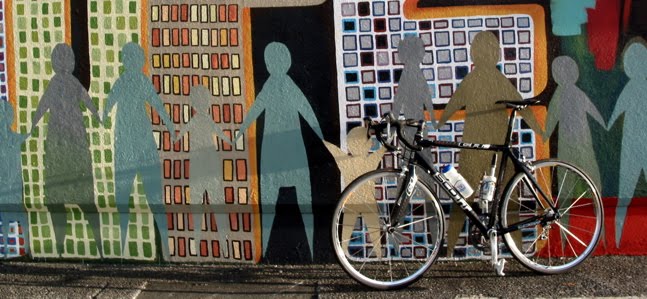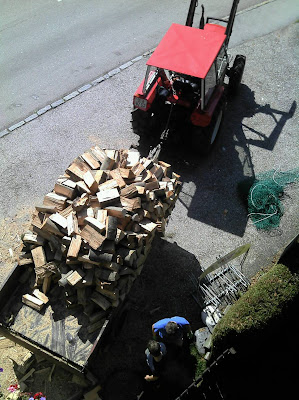Der Strubklamm
Wahrscheinlich die beste Radpendelstrecke aller Zeit. Für zwei Sommers bin ich dreimal in der Woche von unsere Haus in Hallein nach mein Arbeitsplatz in Fuschl radgefahren.
Nach 15km, bin ich oft in die Strubklamm abgebogen. Die Wegstrecke nach Fuschl ist kurzer wenn man durch die Strubklamm fährt, aber es dauert ein bisschen länger, weil es mehr hügelig ist.
Von der Wiestalstraße, die Strubklamm läuft berg auf, aber gemütlich und kurvenreich. Kurz danach, bekommt man ein schöne Blick über den Wiestalstausee und im Hintergrund, der Watzmann, Deutschlands drittgrößte Berg.
Nach zwei Kilometer erreicht man die Spitze und die Straße verengte sich. Man fährt zwischen zwei Steinwände und plötzlich, auf die rechten Seite, man sieht nur Luft. Es gibt eine tiefe Klamm, aber man sieht nicht der Fluss unten.
Die Straße ist jetzt eben, und wenn es ein schönes Tag ist, die Sonne blinkt durch die Bäume. Man sieht direkt in der Klamm - er ist sehr dramatisch. Höher Felswände stürzen ins Tal und kleine Bäume und Büsche halten von enge Schelfe fest.
Um eine Kurve findet man ein Tunnel. Groß genug nur für ein Auto, er ist nicht mehr als ein Loch durch eine Steinwand. Keine Lichte sind drinnen aber dankbar, er ist nur 20m lang.
Ein leichte Abfahrt folget und man ist bald neben einem Stausee. Man findet ein Kreuzung und kann entweder Links bergauf nach Faistenau fahren oder geradeaus der Hintersee vorbei fahren.
Ein Klassiker.
 |
| Strubklamm |
 |
| Der Tunnel |
 |
| Der Klamm |


